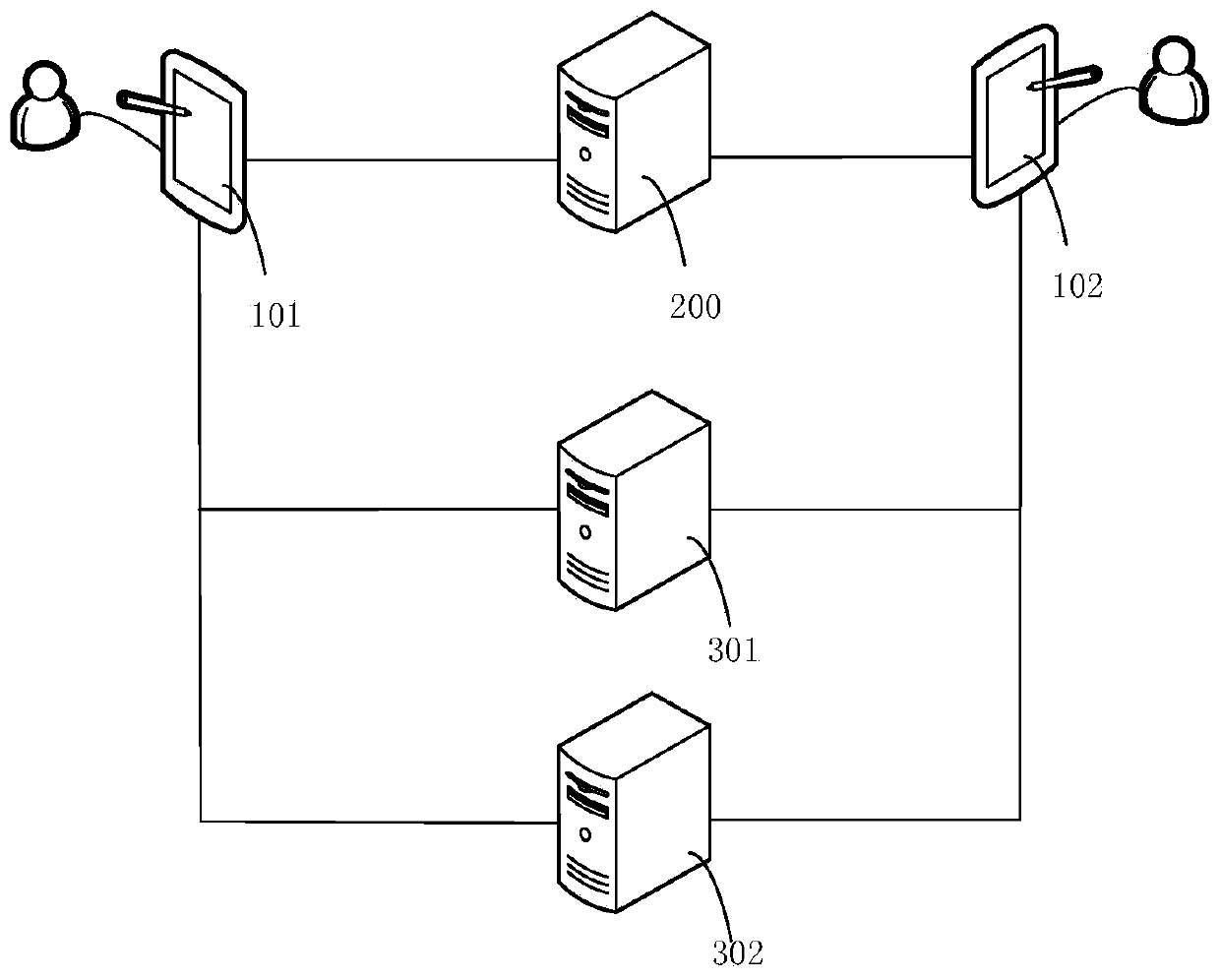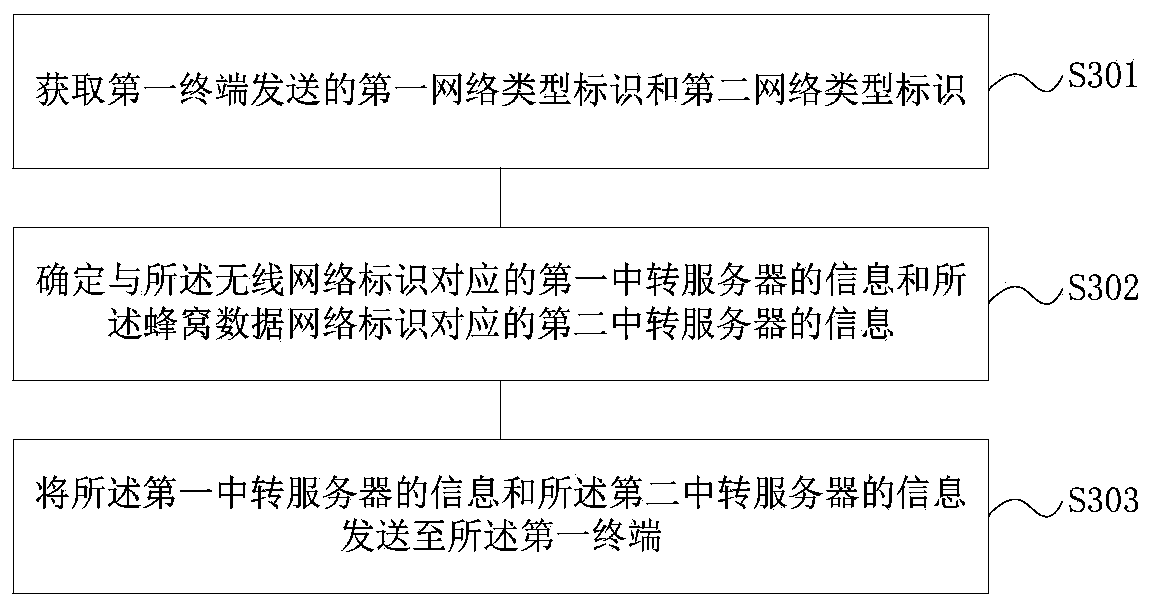Link establishment method and device, communication system and computer readable medium
A link establishment and network link technology, which is applied in the field of link establishment, communication systems and computer readable media, can solve problems such as link quality jitter, terminal data transmission instability, etc., to improve stability and user experience high degree of stability
- Summary
- Abstract
- Description
- Claims
- Application Information
AI Technical Summary
Problems solved by technology
Method used
Image
Examples
Embodiment Construction
[0031] In order to enable those skilled in the art to better understand the solutions of the present application, the technical solutions in the embodiments of the present application will be clearly and completely described below in conjunction with the drawings in the embodiments of the present application.
[0032] Currently, different terminals can communicate through pre-established data links to realize information sharing and network social activities.
[0033] Wherein, the data link refers to a network path through which data is transmitted to the peer client. According to the different ways of data transmission, the data link is divided into direct transmission and transit transmission. The direct connection transmission mode is that the user equipment directly performs point-to-point (P2P) data transmission with the user equipment, and there is no server node in the transmission path. The transit transmission method is to add a transit server between two user device...
PUM
 Login to View More
Login to View More Abstract
Description
Claims
Application Information
 Login to View More
Login to View More - R&D
- Intellectual Property
- Life Sciences
- Materials
- Tech Scout
- Unparalleled Data Quality
- Higher Quality Content
- 60% Fewer Hallucinations
Browse by: Latest US Patents, China's latest patents, Technical Efficacy Thesaurus, Application Domain, Technology Topic, Popular Technical Reports.
© 2025 PatSnap. All rights reserved.Legal|Privacy policy|Modern Slavery Act Transparency Statement|Sitemap|About US| Contact US: help@patsnap.com



